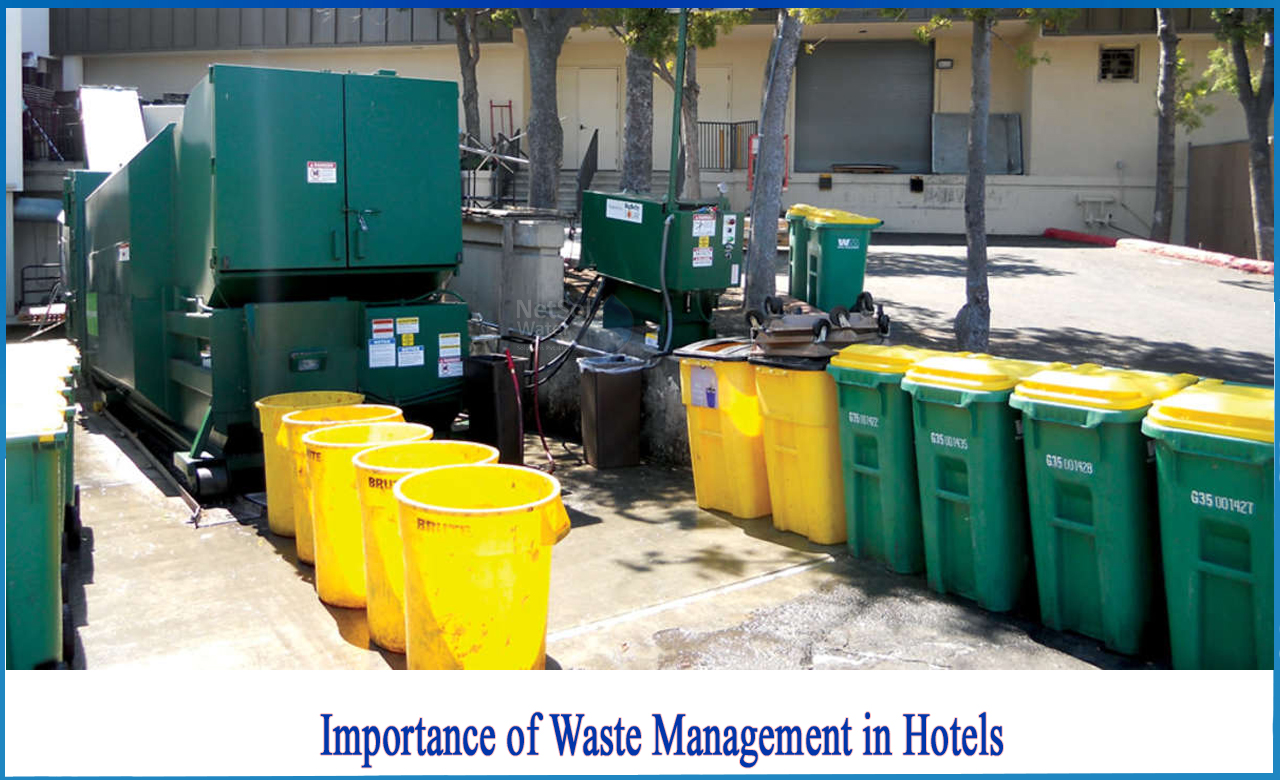What Does Reclaim Waste Do?
What Does Reclaim Waste Do?
Blog Article
Get This Report on Reclaim Waste
Table of Contents6 Easy Facts About Reclaim Waste DescribedReclaim Waste Fundamentals ExplainedAn Unbiased View of Reclaim WasteReclaim Waste Can Be Fun For EveryoneThe Reclaim Waste Diaries
Residential sewer waste refers to the waste and products from a domestic septic container. The appropriate management and disposal of residential sewer waste require liquid waste to be transferred to a sewer therapy plant where the proper approaches and equipment are applied to purify and dispose of waste.
Business waste commonly consists of possible threats, such as combustible materials or a mixture of fluid and strong waste products, and needs an advanced and thorough disposal process. The disposal of industrial waste commonly entails the purification of waste before transportation to make sure safe and proper disposal. Industrial waste is produced from by-products and overflow of commercial procedures and production.
This kind of waste can not use the very same sewage monitoring transportation or procedures as septic or business fluids. The industrial waste management process requires the assessment and screening of liquid waste prior to it undergoes the disposal process (liquid waste removal melbourne). Runoff waste is the liquid waste that comes from runoff and excess stormwater in very booming locations or cities
Overflow waste can cause contamination and flooding otherwise dealt with correctly. Find out more regarding sewer cleansing and waste administration. Making sure correct waste monitoring can avoid calamities and reduce environmental injury. Both people in property settings and professionals in commercial or production markets can gain from understanding the processes and laws of liquid waste administration.
The Single Strategy To Use For Reclaim Waste
Contact PROS Solutions today to discover about our waste administration and disposal solutions and the appropriate means to look after the liquid waste you generate.
(https://www.slideshare.net/leonaube33101)Do you recognize what takes place to your water when you end, flush the commode or drain the washing machine? No? Well, it deserves recognizing. This so-called 'wastewater' is not just an essential resource but, after therapy, will be launched to our land, waterways or the sea. Utilized water from toilets, showers, bathrooms, cooking area sinks, laundries and industrial procedures is called wastewater.

water made use of to cool down machinery or tidy plant and devices). Stormwater, a kind of wastewater, is overflow that moves from farming and city areas such as roofs, parks, yards, roads, paths and rain gutters into stormwater drains, after rain. Stormwater flows untreated straight to regional creeks or rivers, at some point reaching the sea.
Indicators on Reclaim Waste You Should Know
In Queensland, the majority of wastewater is treated at sewage treatment plants. Wastewater is transferred from domestic or industrial websites through a system of sewage systems and pump terminals, known as sewerage reticulation, to a sewer therapy plant.
The Department of Natural Resources suggests local governments regarding handling, operating and maintaining sewage systems and treatment plants. In unsewered locations, regional governments may call for householders to set up specific or house sewage therapy systems to treat domestic wastewater from toilets, cooking areas, washrooms and laundries. The Department of Natural Resources authorises making use of household systems when they are shown to be reliable.
Most stormwater obtains no therapy. In some new subdivisions, therapy of some stormwater to eliminate litter, sand and crushed rock has begun making use of gross contaminant traps. Wastewater therapy happens in four phases: Gets rid of solid matter. Bigger solids, such as plastics and various other items wrongly released to sewers, are gotten rid of when wastewater is travelled through screens.
Wastewater then moves into big containers where solids work out and are gotten rid of as sludge. Grease and residue are skimmed from the surface area. Utilizes little living organisms referred to as micro-organisms to break down and eliminate remaining liquified wastes and great particles. Micro-organisms and wastes are integrated in the sludge. Gets rid of nitrogen and phosphorus nutrients that could trigger algal blossoms in our waterways and endanger marine life.
The 8-Minute Rule for Reclaim Waste
Nutrient elimination is not readily available at all sewage treatment plants because it requires expensive specialised tools. It is becoming more common in Queensland. Clear liquid effluent produced after treatment may still include disease-causing micro-organisms. If this effluent is released into waterways such as rivers or the sea, the micro-organisms will eventually die visit the website out.

Many wastewater streams right into the sewerage system. Under the Act, local governments provide approvals and permits for ecologically relevant activities (ERAs) entailing wastewater releases that may have a neighborhood effect.
Rumored Buzz on Reclaim Waste
Surveillance provides factual information regarding water high quality and can validate that permit problems are being fulfilled. The details obtained through tracking offers the basis for making water high quality decisions.
Report this page